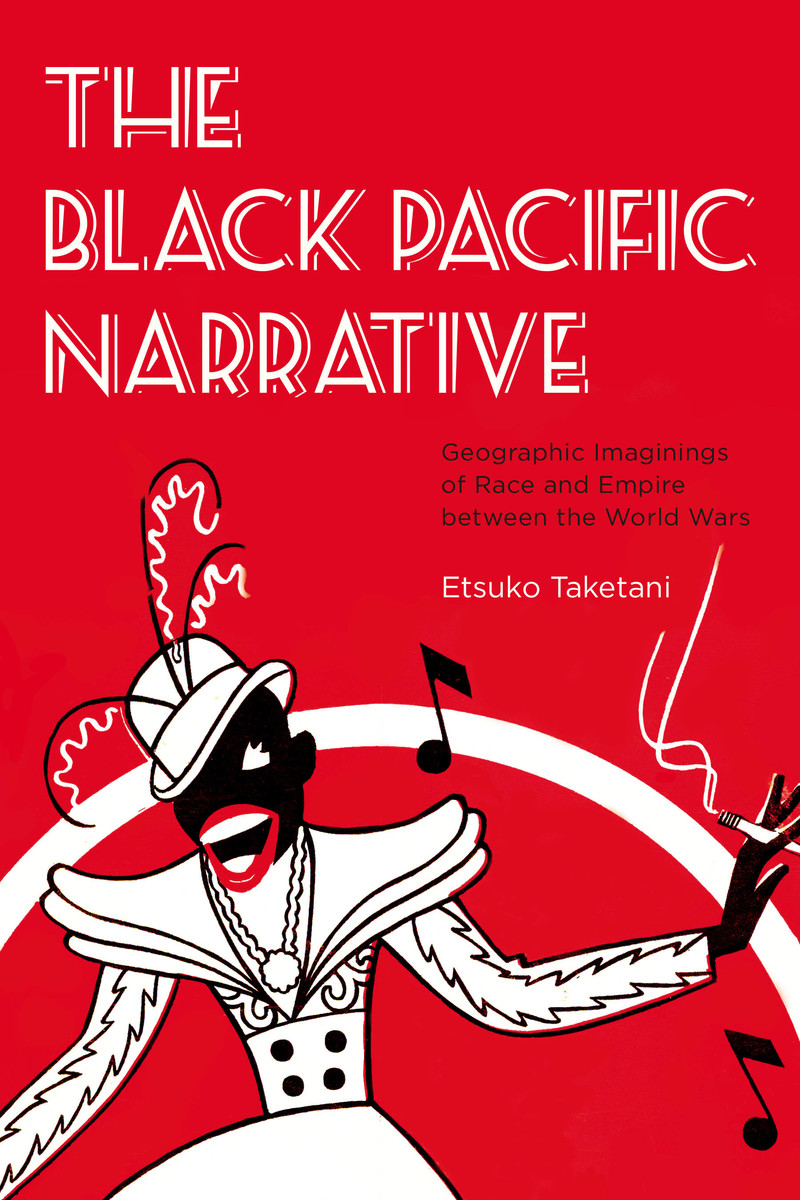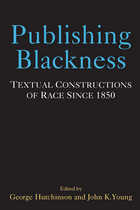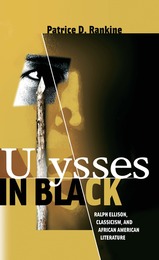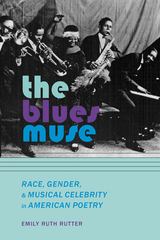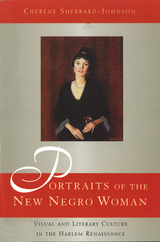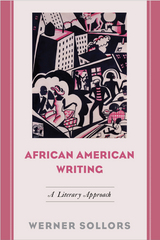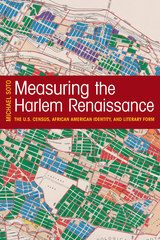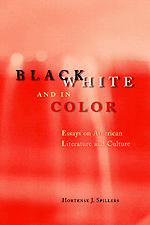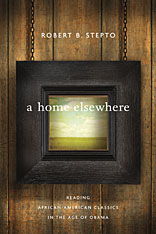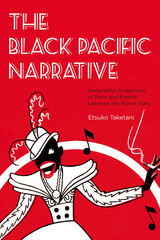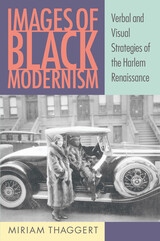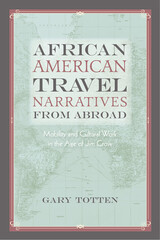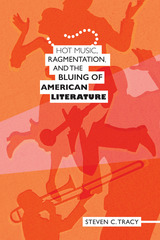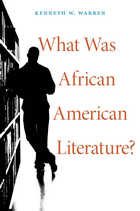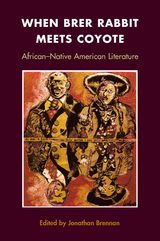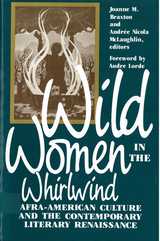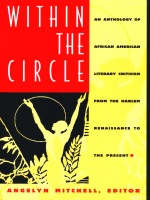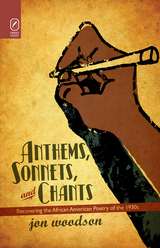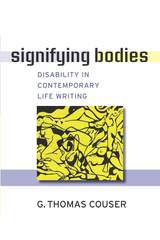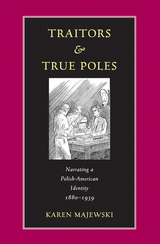The Black Pacific Narrative: Geographic Imaginings of Race and Empire between the World Wars
Dartmouth College Press, 2014
Paper: 978-1-61168-613-5 | eISBN: 978-1-61168-614-2 | Cloth: 978-1-61168-612-8
Library of Congress Classification PS153.N5T35 2014
Dewey Decimal Classification 810.9896073
Paper: 978-1-61168-613-5 | eISBN: 978-1-61168-614-2 | Cloth: 978-1-61168-612-8
Library of Congress Classification PS153.N5T35 2014
Dewey Decimal Classification 810.9896073
ABOUT THIS BOOK | AUTHOR BIOGRAPHY | REVIEWS | TOC
ABOUT THIS BOOK
The Black Pacific Narrative: Geographic Imaginings of Race and Empire between the World Wars chronicles the profound shift in geographic imaginings that occurred in African American culture as the United States evolved into a bioceanic global power. The author examines the narrative of the “black Pacific”?the literary and cultural production of African American narratives in the face of America’s efforts to internationalize the Pacific and to institute a “Pacific Community,” reflecting a vision of a hemispheric regional order initiated and led by the United States. The black Pacific was imagined in counterpoint to this regional order in the making, which would ultimately be challenged by the Pacific War. The principal subjects of study include such literary and cultural figures as James Weldon Johnson, George S. Schuyler, artists of the black Federal Theatre Project, Langston Hughes, W. E. B. Du Bois, and Walter White, all of whom afford significant points of entry to a critical understanding of the stakes of the black Pacific narrative. Adopting an approach that mixes the archival and the interpretive, the author seeks to recover the black Pacific produced by African American narratives, narratives that were significant enough in their time to warrant surveillance and suspicion, and hence are significant enough in our time to warrant scholarly attention and reappraisal. A compelling study that will appeal to a broad, international audience of students and scholars of American studies, African American studies, American literature, and imperialism and colonialism.
See other books on: Geopolitics | Imperialism in literature | Internationalism | Pacific Area | Race in literature
See other titles from Dartmouth College Press
